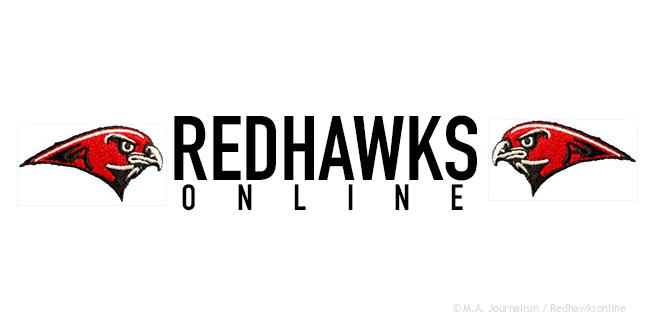Minnehaha ISS team growing crystals to combat kidney stones
The 2019-2020 Minnehaha Academy International Space Station experiment will explore the condition of kidney stones by growing calcium carbonate crystals in space. Developing kidney stones is a common painful condition that is found in over 200,000 Americans per year. This years’ Minnehaha Academy ISS team has created an experiment to be sent to the International Space Station (ISS) on February 7th, 2020. This experiment will focus on growing crystals composed of Calcium carbonate, dolomite rock, and vinegar, to help understand how kidney stones form.
Why crystals?
“There are a few different types of Kidney stones, but the most common type is composed of calcium,” said senior Kylee Kassebaum who is part of the Science department on the team. “By sending calcium carbonate crystals to space and growing them in a microgravity environment, more information can be found about how kidney stones form.” The team will be able to capture data on the growth of these crystals on camera on a regular basis.
“Crystal growth data will give other researchers insight about potential ways to help those who suffer from kidney stones,” said Kassebaum.
The experiment
Help coaching the team is science teacher and team advisor, Joy Reist.
“We wanted to see how the crystals would form without gravity,” said Reist.
Working with the team is a crystallography expert from the University of Minnesota who will help look at how the crystals have changed after being in microgravity.
“We could see if it’s more structured versus if there were no other forces acting on it. It might look different or take a different shape,” said Reist. The organized team has been divided up into specialized groups assigned with different tasks to help build this project.
“Our science team thought of what kind of chambers are going to hold the crystals,” said Tim Swanson, physics teacher and adviser on the team. “Our software and electrical team worked on different ways to pump liquids using code. And our 3D print team worked on making custom parts to hold our designs in space.”
New amenities
Important to this team of 13 students and two advisors is the 3D print side of the project, which previous years’ teams have not been so lucky with. New to the school this year is a 3D printer donated from Stratasys PolyJet 3D Printing for many classes to use.
“The new building has been nice to work in, and now we have a new 3D printer that has saved us a lot of trouble because last year we really struggled with the 3D printer not working.” said senior Annika Johnson, co-leader of the team.
Smooth sailing so far
Co-leads of the team Jack Daenzer and Annika Johnson, have been able to smoothly work on this years experiment with few problems holding the team back.
“I think this year honestly has been going a lot smoother than it did last year because of all the new equipment we get to work with,” said Johnson.
History of ISS
The ISS program was created at Valley Christian High School near San Jose, Calif., with help from the then superintendent of the school, Donna Harris. When Harris moved to Minnehaha as president, she made sure to bring this unique program with her. This program allowed students and teachers with a love of space, physics, mechanics and much more, to be able to send their own work to the International Space Station.
Once in a lifetime opportunity
“This program is a super rare opportunity to get a real world experience and something only a handful of people will ever get to do,” said Reist. “This team has been really good. You have to be very proactive and hardworking to be in this class, and that’s what these students have been doing this year.”
Swanson has also had a great experience with this years’ team, being able to live a dream he has always had.
“One of my dreams has always been to travel to space,” he said. “To think I get to help coach research that will go to the International Space Station is about as close to that dream I will get to, and it might even be better.”

